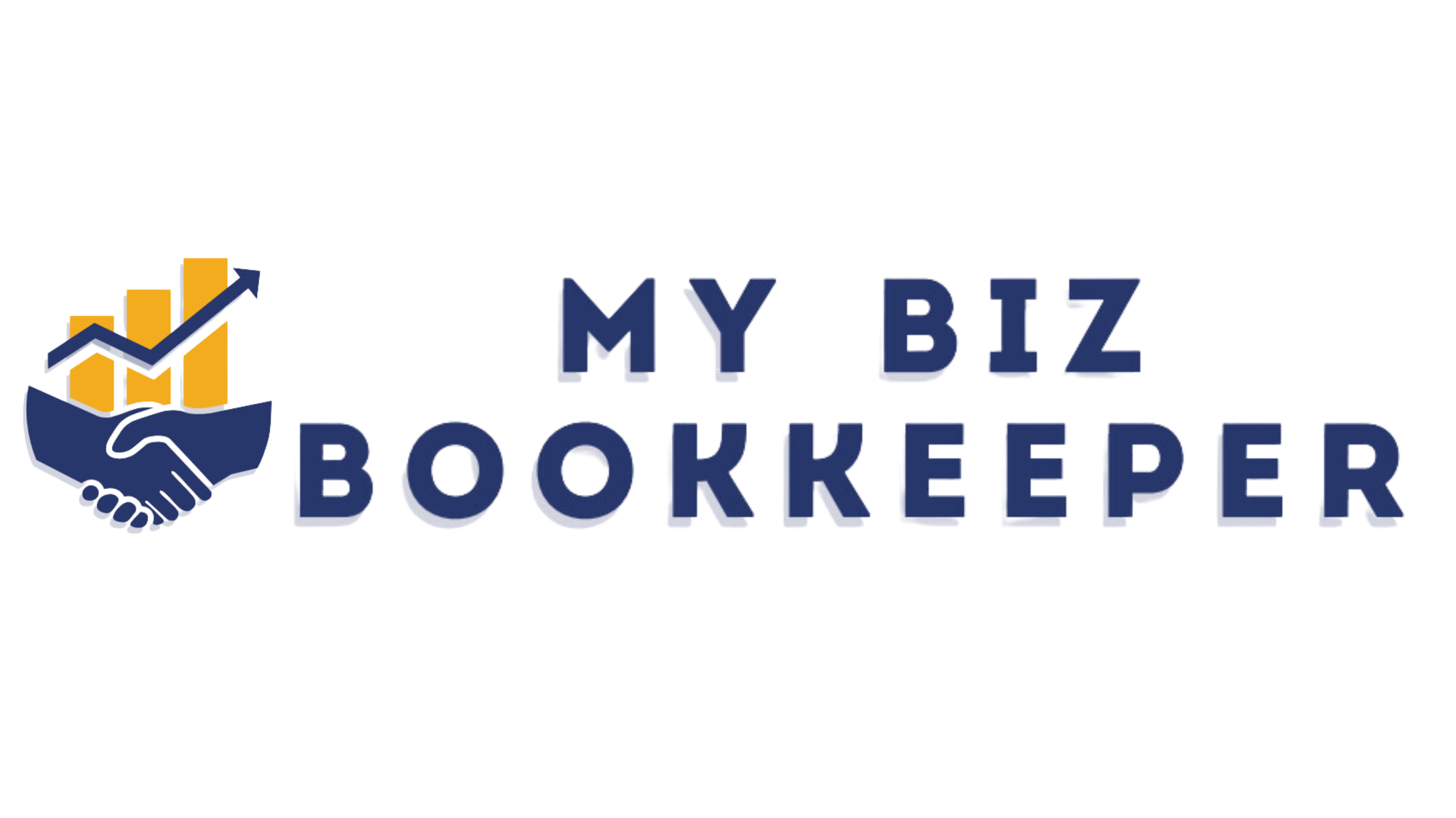5 Bookkeeping Transformations That Helped My Nonprofit Clients Make Critical Hiring Decisions

As a bookkeeper working with a variety of industries, including nonprofits, I've witnessed firsthand how lack of financial visibility can paralyze important decisions—especially when it comes to hiring. Two of my nonprofit clients were in nearly identical situations: they needed to expand their teams to meet growing community needs, but had virtually no insight into their financial position to confidently make those decisions. After implementing these practical bookkeeping changes, both organizations gained the clarity they needed to move forward. I'm sharing their stories (with anonymized details) because these strategies can work for your nonprofit too.
1. Restructuring the Chart of Accounts for Clarity
The transformation began with something seemingly basic but incredibly powerful—reorganizing how both nonprofits tracked their finances:
- We completely restructured their charts of accounts to align with their actual operations
- Created clear categories for each significant revenue stream (beyond just "donations")
- Established detailed expense categories that matched their actual spending patterns
- Set up proper tracking for program costs vs. administrative expenses
This fundamental change created immediate clarity. One executive director told me, "For the first time, I can actually see where our money is coming from and where it's going." This visibility was the essential first step before they could even consider adding staff costs.
2. Accurate Transaction Categorization and Tax Optimization
Both nonprofits had been inconsistently categorizing expenses, missing potential tax advantages:
- We carefully reviewed months of historical transactions, properly categorizing each one
- Identified several tax-deductible expenses that had been miscategorized
- Created simple guidelines for how to categorize common transactions going forward
- Implemented a monthly review process to ensure continued accuracy
This meticulous work revealed that one organization had been significantly overestimating certain expense categories while underestimating others. The resulting clarity showed they had more financial flexibility than they initially thought—enough to confidently bring a contract position in-house.
3. Budget vs. Actual Reporting
One nonprofit had never seen a budget vs. actual report before our work together:
- We produced their first-ever quarterly budget vs. actual report
- Highlighted variances that required attention or explanation
- Created a simple color-coded system to quickly identify areas of concern
- Established a regular review process with the leadership team
Seeing this report was a revelation for the board. They could finally answer basic questions like "Are we on track financially?" The report revealed they were actually running under budget in certain areas, bringing data to decisions that needed to be made.
4. 13-Week Rolling Cash Forecast
Both nonprofits struggled with understanding their near-term financial position:
- We implemented a 13-week rolling cash forecast that clearly showed upcoming cash positions
- Mapped out expected revenue timing against known expenses
- Modeled different scenarios including potential new hires at different start dates or seasonality of donations
- Updated the forecast weekly to maintain accuracy
This tool was transformational for decision-making. The second nonprofit had been hesitant to commit to a much-needed in-house position. The cash forecast showed they could confidently hire.
5. Clear Financial Reporting Package
Complex financial reports were creating confusion rather than clarity:
- We developed a streamlined financial reporting package tailored to each organization
- Created visual dashboards showing key metrics in an accessible format
- Included plain-language executive summaries explaining what the numbers meant for operations
With this clear financial picture, client and board meetings transformed from anxious discussions about financial uncertainty to strategic conversations about organizational growth.
What This Means For Your Nonprofit
Neither of these organizations had sophisticated financial systems or relied on restricted grant funding. They simply needed the fundamentals done right: a proper chart of accounts, accurate bookkeeping, meaningful budget comparisons, cash flow visibility, and clear financial reporting.
By implementing these basic but powerful bookkeeping practices, both nonprofits moved from financial uncertainty to confident action. One is now working toward creating their first comprehensive budget for 2026, while the other is using their newfound financial clarity to develop a sustainable growth plan.
The best part? While it took some time to catch up their bookkeeping and create these systems, they now always have up-to-date information. If your nonprofit is struggling with hiring decisions due to financial uncertainty, these practical bookkeeping foundations might provide the clarity you need to move forward with confidence.
Helping businesses maximize their mission impact through financial clarity
📞 Call: (214) 306-7850 📧 Email: hello@mybizbookkeeper.com





